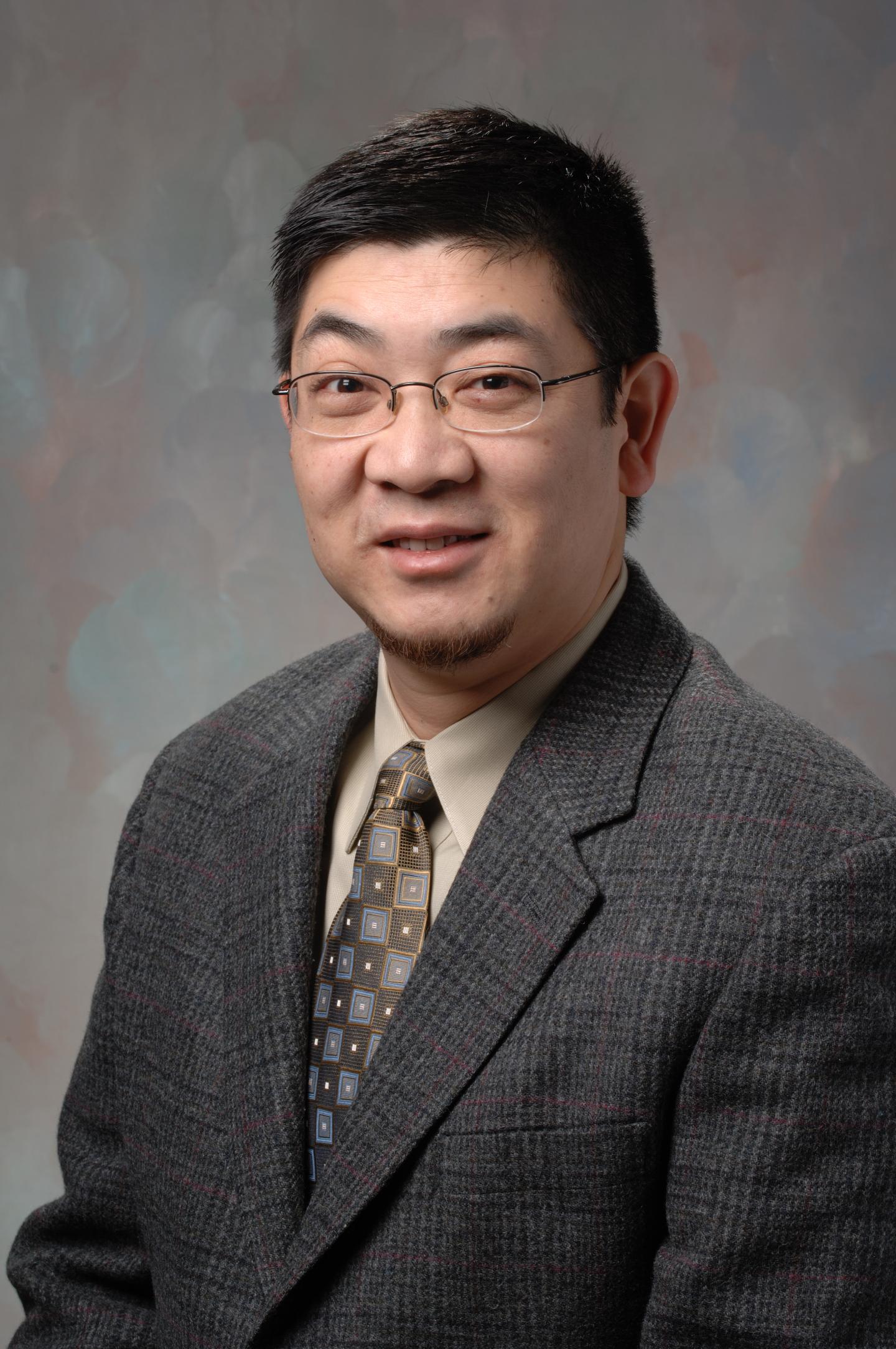
Credit: The University of Akron
Akron, OH — Three professors in The University of Akron’s (UA) College of Polymer Science and Polymer Engineering were recently awarded grants from the National Science Foundation (NSF). These federal research funds total over $1.1 million and the research projects cover topics from bio-renewable polymers to computer simulation and educational experiences for students to new plastics that enable a circular economy for replacement of current plastics.
Congratulations to the following research award recipients:
Li Jia, Ph.D., associate professor of polymer science, has been awarded $502,000 for Development of Zwitterionic Nickel Catalysts for Carbonylative Polymerization and Copolymerization of Ethylene and Cyclic Ethers
Since its genesis, cheap and durable plastics constitute a key factor of lifting a large fraction of the world population out of poverty. However, the pollution caused by plastic wastes lingering on the surface of the Earth has caused a problem of massive scale. New plastics that enable a circular economy for replacement of the current plastics designed for single uses should ideally have the following attributes in addition to being readily recyclable. They should be degradable on the surface of Earth as a fraction of them will inevitably leak from the recycling efforts into the environment. The monomers of the recyclable plastics should have low-carbon footprint to achieve the general sustainability of chemical productions. And perhaps the most challenging for the new plastics to make a real impact is that the raw materials for making them must be readily available at the scales and costs comparable to those of the raw materials for making the current commodity plastics such as polyethylene and polypropylene.
“The Jia laboratory has been working toward this goal in the last 20 years by development of new catalytic reactions and new catalysts to produce polymers that encompass the above characteristics,” said Jia. “The NSF grant is based on a recent breakthrough of this effort and helps us to continue working on solving the important dilemma that our human society faces.”
Shi-Qing Wang, Ph.D., Kumho Professor of polymer science, has been awarded $450,000 for Improving Mechanical Performance of Glassy and Semicrystalline Polymers: Molecular Perspectives
Petroleum-based polymeric materials are remarkable because they are strong, yet lightweight. Polymers made from biomass, such as corn and starch, are even better if they can be made to be comparably strong. Such biopolymers are not only renewable but also biodegradable. Thus, it is highly desirable to find wider use of such environmentally friendly biopolymers. Currently, the biodegradable polymers have found rather limited applications because they are not sufficiently strong, e.g., readily breaking under moderate load. The challenge to make polymeric materials stronger is related to the fundamental question of why some polymers are stronger than others, i.e., tougher, which is to say more resistant to breaking. This is a very complex question because there are a variety of different polymers, some able to crystallize and others turning rigid at room temperature.
“It is the holy grail of polymer science to reach a basic understanding that would allow us to produce a wide range of polymer products with sufficient strength,” said Wang. “The task is so daunting that we face the same challenge despite decades of investigation.”
After over 15 years of extensive research at UA, first on polymer melt rheology (Nonlinear Polymer Rheology, Wiley, 2018), second on mechanics of glassy polymers, the lab of Shi-Qing Wang has finally prepared itself to build a systematic and unifying framework to rationalize at a molecular level what factors can make polymers strong. In particular, his new NSF grant focuses on how to make a major class of biopolyester as strong as the popular fossil-based polyester to make water bottles.
Mesfin Tsige, Ph.D., professor of polymer science, has been awarded $197,391 for EAGER: Multiscale Modeling of Mechanically-Interlocked Macromolecules
The quest for expanding the applicability of polymers has resulted in the design of different types of polymer topologies that has emerged as a potential route to produce different physical and chemical properties in rubber, coatings, drug delivery and more. Catenated polymers, also found in nature, are expected to exhibit unique properties, particularly in comparison with those of linear chain-like molecules, classic polymers. However, limitations in synthesis approaches have delayed research on catenated polymers.
“Since the 1950’s improved synthesis methods were sought to substantially increase the yield of catenated polymers,” said Tsige. “Recent advances in synthetic methods, particularly “template-directed” synthesis, has become the best solution in overcoming the limitations and led to the 2016 Nobel prize in Chemistry.”
The extraordinary advances achieved in synthetic chemistry opens research into understanding the unique physical properties of catentated polymers, as well as their applications and Tsige’s group has recently started working towards achieving this goal. This award made on an EAGER proposal supports theoretical and computational research and education aimed at advancing fundamental understanding of the physical properties of catenated polymers. In addition to this EAGER grant, Tsige currently has three active NSF grants in different research areas related to polymers.
###
About The University of Akron
Established in 1870, The University of Akron (UA) offers a wide range of in-demand associate, bachelor’s, professional and doctoral degree programs in the liberal arts, sciences, health care, engineering, law, business, education and more. Its beautiful metropolitan campus, located in the heart of Ohio’s fifth-largest city, is surrounded by more than 21,000 businesses in the Akron metropolitan area, providing diverse experiential learning opportunities to its more than 20,000 students hailing from 45 states and 78 countries. With championship-winning NCAA Division I sports teams, more than 300 student organizations and a top-ranked Student Recreation and Wellness Center, UA provides the full campus experience.
Media Contact
Alex Knisely
[email protected]
Original Source
https:/




